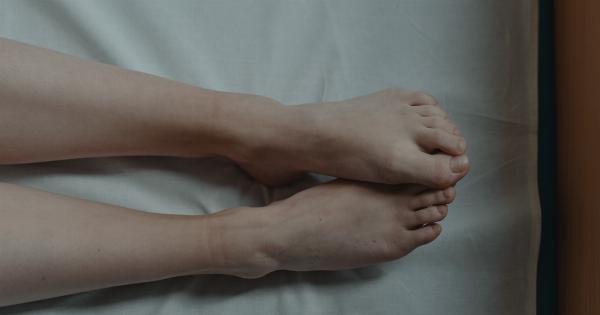Spinal Muscular Atrophy (SMA) is a rare genetic disorder characterized by the loss of motor neurons in the spinal cord, leading to muscle weakness and atrophy.
It is the leading genetic cause of infant mortality worldwide, affecting approximately 1 in every 10,000 live births. For decades, there were no effective treatments available for SMA, and patients faced a grim prognosis. However, in recent years, there have been significant advancements in the treatment of SMA, offering hope to patients and their families.
Gene Replacement Therapy
One of the most groundbreaking developments in SMA treatment is the advent of gene replacement therapy. This approach involves delivering a functional copy of the defective SMN1 gene, responsible for SMA, into the patient’s cells.
The therapy works by using a harmless virus to deliver the correct gene to motor neurons, restoring their function. The first gene replacement therapy approved for SMA was Spinraza (nusinersen), which has shown remarkable efficacy in improving motor function and survival in SMA patients.
Oral Medications
Besides gene replacement therapy, researchers have also been working on developing oral medications for the treatment of SMA. These medications aim to increase the production of the SMN protein, which is deficient in SMA patients.
Risdiplam is the most recent oral medication approved by the U.S. Food and Drug Administration (FDA) to treat SMA. It has shown encouraging results in clinical trials, with patients experiencing improvements in motor function and overall survival.
Stem Cell Therapy
Stem cell therapy holds great promise for the treatment of SMA. Researchers have been investigating different types of stem cells, such as embryonic stem cells and induced pluripotent stem cells, as potential sources for motor neuron replacement.
By transplanting healthy motor neurons into SMA patients, it is hoped that their function and connectivity in the spinal cord can be restored. Although still in the experimental stage, stem cell therapy has shown potential in preclinical studies and is an area of active research.
Gene Editing Techniques
Advancements in gene editing technology, such as CRISPR-Cas9, have opened up new possibilities for the treatment of SMA.
CRISPR-Cas9 allows scientists to precisely edit the DNA sequence, enabling the correction of the faulty SMN1 gene in patients with SMA. Although still in the early stages of development, gene editing holds tremendous potential for the future treatment of SMA, offering a more permanent solution by directly correcting the root cause of the disease.
Combination Therapies
Researchers are also exploring the potential benefits of combination therapies in the treatment of SMA.
By targeting multiple pathways involved in the disease, combination therapies aim to provide enhanced efficacy and potentially better outcomes for patients. For example, the combination of gene replacement therapy with oral medications or small molecules that increase SMN protein production could have synergistic effects, improving motor function and disease progression.
Non-Invasive Ventilation
While not a curative treatment, non-invasive ventilation (NIV) plays a crucial role in improving the quality of life for SMA patients.
NIV involves the use of machines to support breathing, alleviating respiratory difficulties associated with the disease. By enhancing lung function and preventing respiratory complications, NIV helps SMA patients maintain better overall health and reduces the risk of respiratory failure.
Physical and Occupational Therapy
Physical and occupational therapy play an essential role in managing the symptoms of SMA. These therapies focus on maintaining and improving mobility, strength, and independence in SMA patients.
Physical therapy includes exercises to strengthen muscles and improve range of motion, while occupational therapy focuses on adaptive techniques and assistive devices to enhance daily functioning. By incorporating these therapies into a comprehensive treatment plan, individuals with SMA can optimize their physical abilities and maintain a higher quality of life.
Collaborative Research Efforts
Advancements in SMA treatment have been made possible through collaborative research efforts involving various stakeholders, including scientists, pharmaceutical companies, patient advocacy groups, and regulatory agencies.
These collaborative efforts have led to accelerated research, improved clinical trial designs, and expedited regulatory approvals. By working together, the SMA community continues to push the boundaries of what is possible in terms of treatment options and outcomes for patients.
Future Directions
The field of SMA research is rapidly evolving, and ongoing studies continue to explore new therapeutic approaches.
Emerging treatments such as antisense oligonucleotides, neurotrophic factors, and modulators of alternative splicing hold promise for further advancements in SMA management. As our understanding of the underlying mechanisms of SMA deepens, there is increasing hope that a cure for this devastating disease may one day be within reach.



























